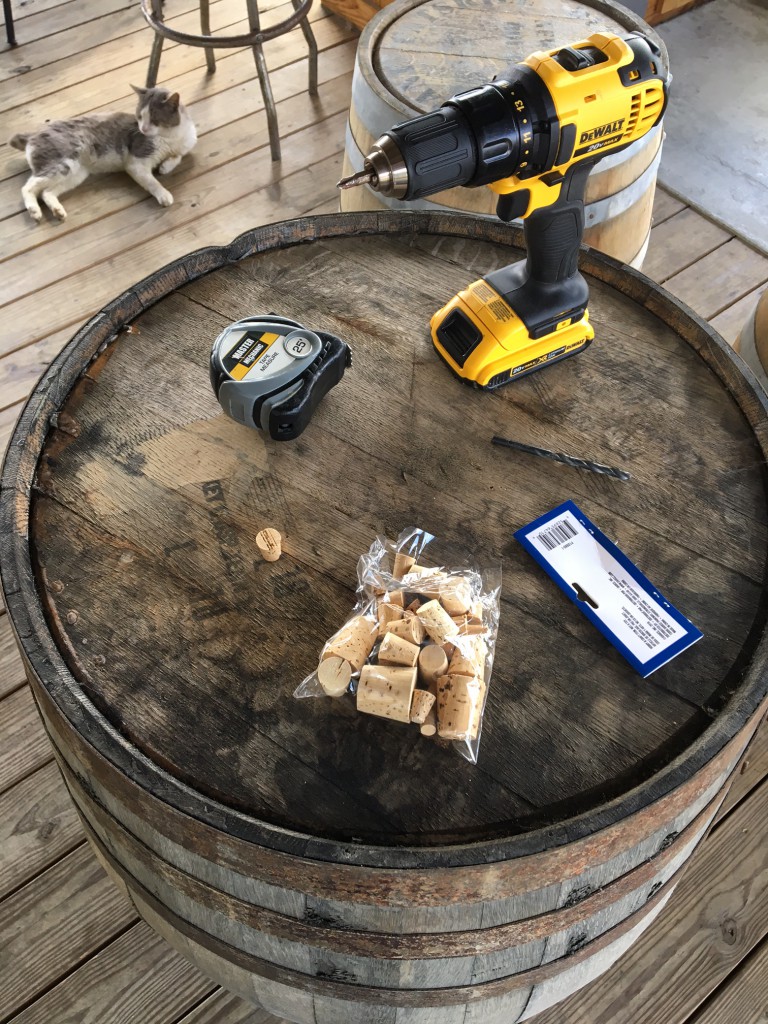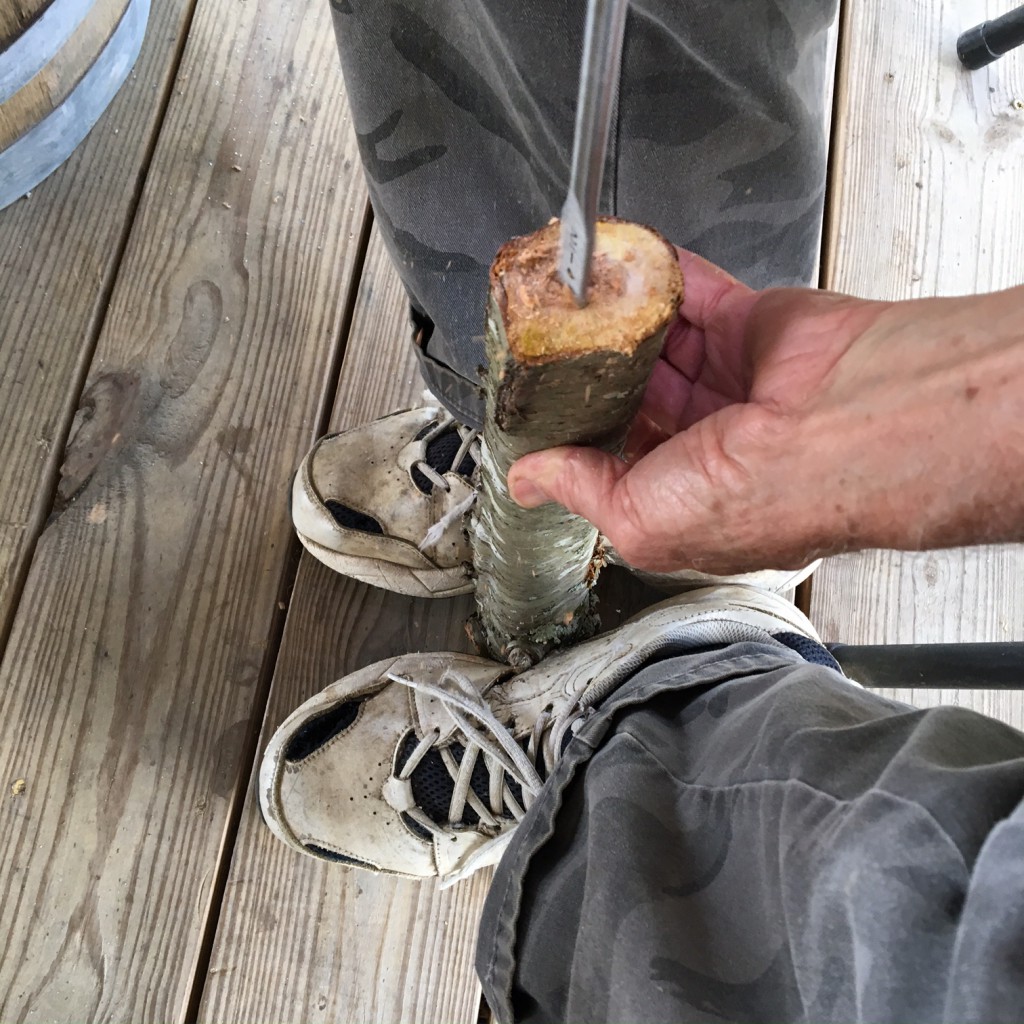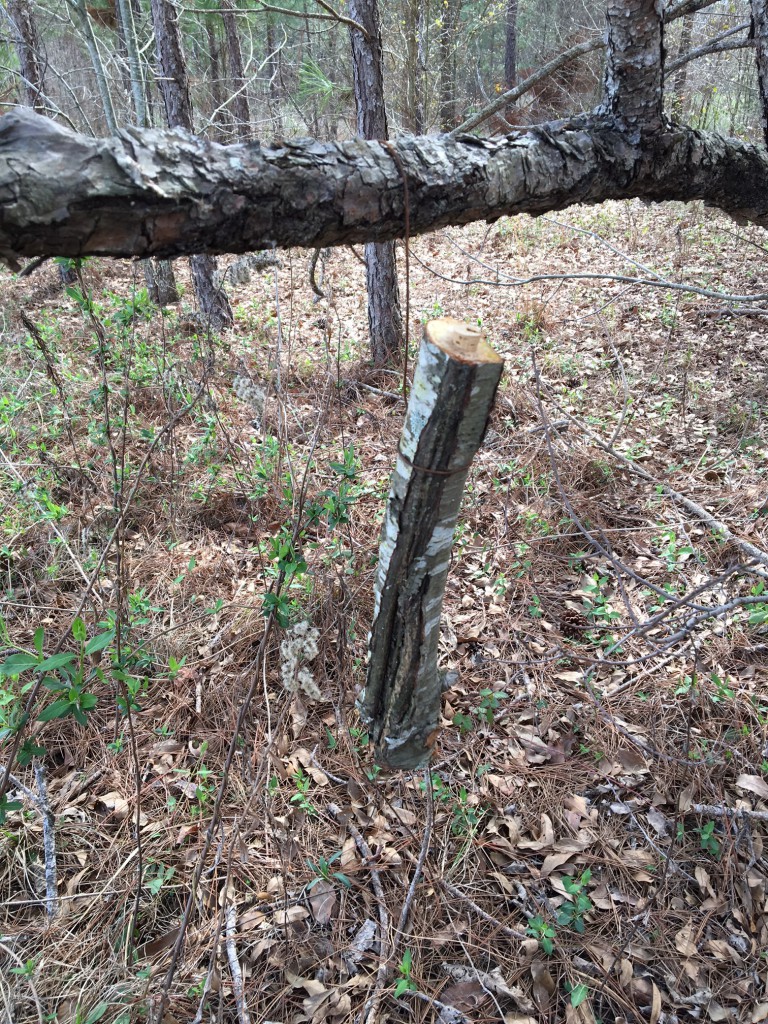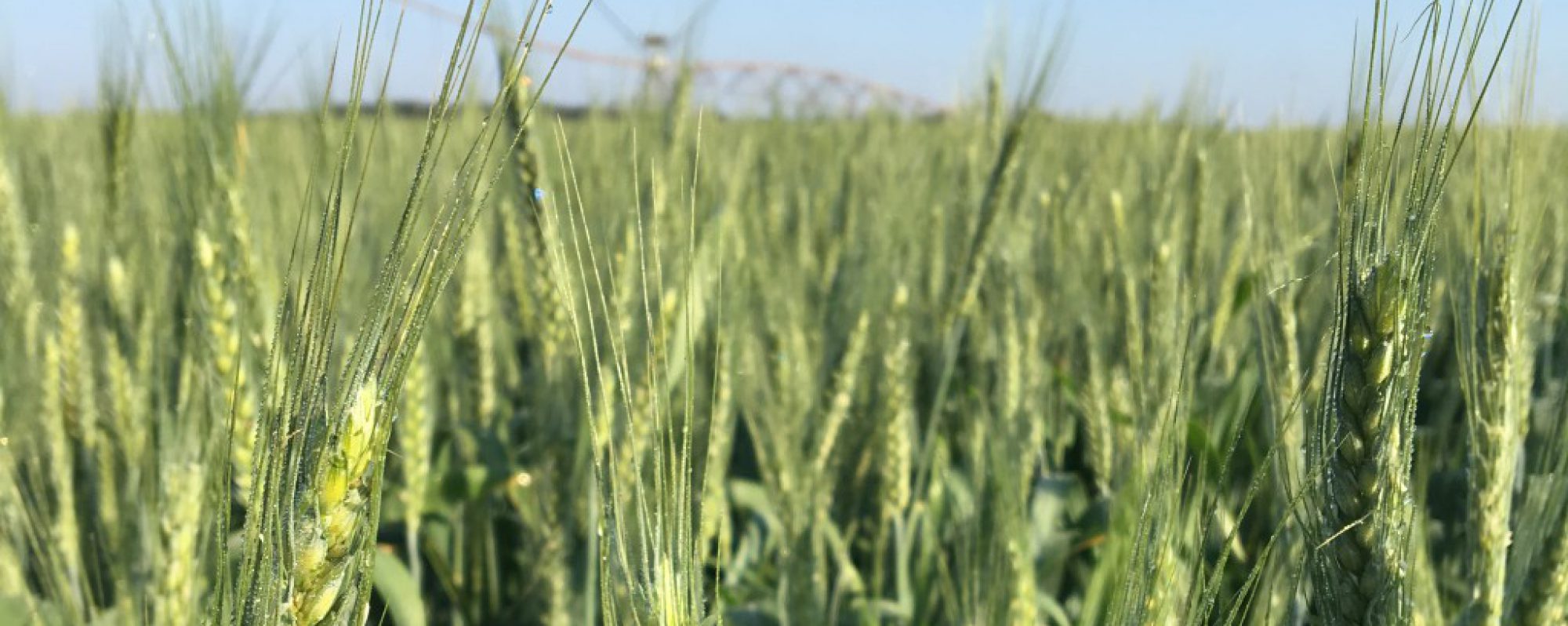I was out with Mr. Larry Gibbs yesterday, and he and I made some ambrosia beetle traps to monitor ambrosia beetles for his young pecans. With the loss of young pecans two and three year ago from AAB, UGA Entomologist Dr. Will Hudson advises growers to place traps to monitor their first flight. AAB live all in our woods, and their first flight in South GA is usually late February. I’m worried that we are a little late since a flight was observed in Brooks County last week.
Trap Design
This is very simple to do. Here are is what you need:
- Freshly cut, 3 inch caliber, approx. 4 foot long cherry tree (or other soft-bark hardwood)
- Ethanol (grain alcohol, not rubbing alcohol) – Denatured alcohol is okay.
- 1/2″ drill bit (+/-) and drill
- Fishing corks
- String or wire + bolt to hang trap

Building the Trap
Drill a ½”diameter hole down the center of the wood as far as you can (but not all the way through) and fill it with denatured alcohol. Put a cork in the hole, and then hang the bolt about waist high at the edge of the orchard.

Trap Placement
You can either use those garden stands people use to hang a flower pot OR you can hang the trap from a tree branch about waist high. You want to place multiple traps between a woods line and your young pecan trees. You want to look at your traps each day. After a week, re-fill hole with denatured alcohol; it will evaporate out of there.
Ambrosia Beetle Control
Remember, all we are trying to do is note their first flight. The beetles are attracted to the trap because when a caterpillar eats a pecan leaf, the tree emits an ethylene pheromone. Once you see “toothpicks” on the trap, the beetles are out, and you can spray your pecan trees with a pyrethroid. When trees are young, the beetles can bore into the undeveloped bark. Once trees get a thick bark (about 5 or 6 years old), the beetles won’t bore into them.

